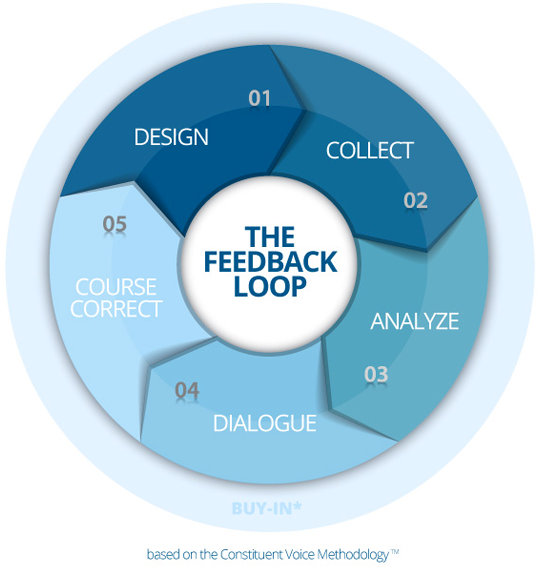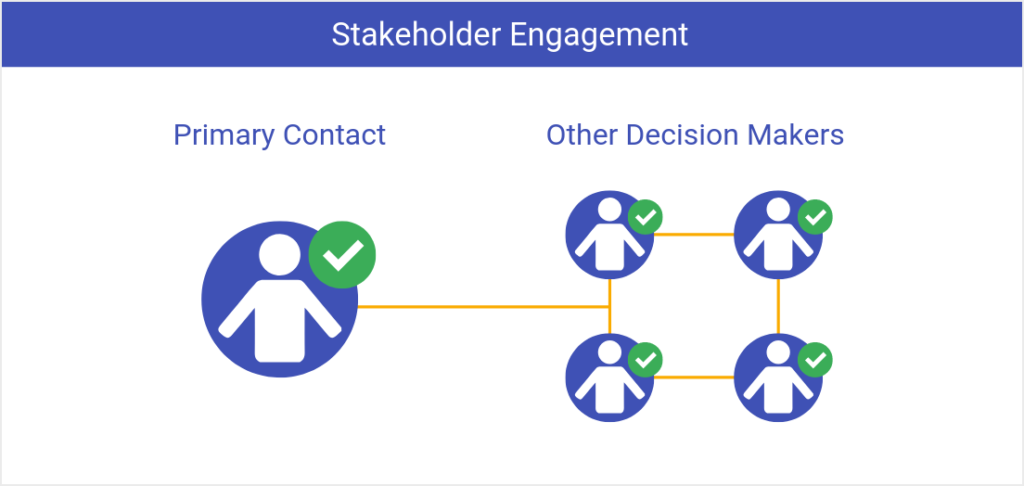Proposals are a critical contributor to growth for a marketing agency.
But as much as good proposals can enhance your chance of closing a deal, bad proposals can inhibit it just as quickly.
Sure, proposal templates are vital when looking to scale. But if you want to land high-paying clients you need to personalize the proposal experience for each prospect. This requires defined feedback loops and disciplined regular template reviews.
Here are the 13 most common…
1. Sending the proposal too soon
A proposal should be a sacred thing. Too often agencies send out proposals prior to garnering defined and meaningful interest from a prospect. This is a surefire way to lose opportunities and waste a ton of time in the process.
If a prospect simply wants “more information” provide that to them via your website or in the form of documented case studies. Never send a prospect a blanket quote or proposal before understanding their issues and how your team can help.
Here are seven criteria you should meet before sending a proposal to a prospect:

- The prospect fits within your ideal target audience.
- There is proof that they can afford your services.
- They have clearly articulated the problem they are trying to solve.
- They have verbally identified a desire to work with you as a means for solving that problem.
- They have heard and verbally committed to a set of deliverables and are happy with the stated outcomes of a potential engagement.
- You have quoted them a price for those deliverables and they have shown signs that the quoted price is fair based on the stated outcomes.
- You are aware of the needs and desires of any other decision-makers in the process.
2. Not setting expectations
The expectations you set with a new client establish a platform for a healthy long-term relationship. If, however, you don’t set clear and agreed upon expectations then you are entering into an agreement that is likely to fail.
3. Making it all about you
Your clients don’t care about your accolades…
It may sound harsh, but it’s the truth. What they care about is how you can help them achieve their goals, KPI’s, or growth targets.
Here is a simple structure for a winning proposal:

- Provide a background that identifies the client’s situation and articulates the problems they are facing.
- Outline the specific results or outcomes the client is looking to achieve – in their own words.
- Define a set of deliverables that closely align with the articulated problems and desired outcomes discussed in the previous section.
- List pricing, terms, and a contractual commitment.
- Include an appendix with case studies, testimonials, and other forms of relevant social proof
4. Focusing on features more than value
Leading on from the last point, your proposal should be more than just a list of features. If you get to proposal stage and the prospect doesn’t know the itemized list of deliverables they are agreeing to, then you have got there too early.
Instead of merely listing features and itemizing deliverables in your proposal, you need to talk in a language that articulates value and benefits. The value of your services should be directly correlated with the problems and outcomes identified by the client. And for every feature you mention, there should be a supporting item of value, as well as a reaffirming element of social proof.
5. Templatizing without a feedback loop
As we mentioned in the introduction of this article, proposal templates will help you scale your sales process. They speed up the time it takes to create a proposal and enable you to replicate what is considered a successful formula.
However, a once-and-done proposal template will quickly become limiting. Your services and the problems you solve will evolve as your agency grows and the market changes. So your proposal template needs to adapt to these changes.
Below is a typical process for gathering customer feedback:

6. Ramping up the jargon
Inexperienced agency owners regularly experience what is known as imposter syndrome. They doubt their skills and abilities, which means they lack confidence when delivering a proposal to a client.
Cut the jargon and talk in terms that your client will understand.
7. Being grammatically challenged
Look, you don’t have to be the next Ernest Hemingway to write a compelling proposal, but don’t get sloppy. Take some time to run your proposals through spell check, use a grammar testing tool such as Grammarly, and have at least one other colleague read the proposal before sending it off.
Small things make a big difference and the standards of excellence you show a client in your proposal creation will reflect in the work you deliver for them. And that’s how they will interpret it too.
8. Over-promising
Over-promising the outcomes of a marketing engagement is an all-too-regular occurrence for agencies. When a new prospect comes into the equation, the eyes light up, and all you want to do is close the deal. Just about anything they ask for is met with a firm “Yes, we can do that.”
This is very much a short-term approach to sales and something we advise heavily against. Basically, you’ll be found out at some point when you don’t achieve the things you’ve committed to and the client will move on. Losing one client here or there isn’t a big deal, but under-delivering is like a plague – it spreads like wildfire in industries and all of a sudden you’ve got a bad reputation.
Instead, you should resist the urge to over-sell the results you can achieve and instead be honest with your prospects. Honesty is something that isn’t often associated with sales, but in fact, it can be a very compelling trust-building method. If you push back on a potential client when they ask for an unrealistic outcome it strengthens your position in the relationship as an expert and thought leader.
The key to under-promising and over-delivering is to truly understand exactly where you can add value, what type of results you can achieve for clients, and promising something at about 80-90% of your capacity.
9. Throwing curveballs
The proposal should be a re-telling of the situation, goals, outcomes, and deliverables that you and the prospect have already spoken about in depth. The last thing you want to do is add additional curveballs into the proposal that have, up until that point, gone unspoken. New information at this point of the process adds risk to the chance of the prospect signing up.
Keep this in mind during your sales conversation and ensure everything is laid out on the table. Get into the nitty-gritty of payment plans, notice periods, and potentially deal-breaking terms, so that when the prospect receives the proposal there are no surprises and the contractual commitment is merely a formality.
10. Forgetting about key stakeholders

It is very rare that there is one singular decision maker in any investment decision for a business. Even if you are working with solo entrepreneurs, they likely have mentors, coaches, spouses, or other advisors who will be privy to a potential agency agreement.
The decision-making ecosystem of your primary contact is a critical determinant of whether or not you will close the deal. A common mistake that agencies make is to rely too heavily on the opinions and positive replies of a marketing manager, when in fact, that marketing manager may not have budgetary sign-off.
To get budget for your services you may need to engage with other stakeholders such as the executive team, directors, financial team, and other interested parties. Even if you are unable to make contact with these individuals, your proposal should talk to their needs, concerns, and desired outcomes. Otherwise, you are submitting a proposal that satisfies only one decision-makers desires and the risks of it falling through or being miscommunicated are high.
11. Quantifying things they don’t care about
Another downfall of agencies when writing proposals is to include a whole bunch of metrics that don’t mean anything, thinking that it makes the proposal look more compelling. This is data-driven jargon.
Again, it comes back to the depth and comprehensiveness of your sales conversation. If you can truly understand the results your client desires then you can suggest reporting metrics that align with those outcomes. Don’t simply drop in impression or click metrics for the sake of it.
You can’t just assume that the things each client cares about are going to be the same. You need to ask them.
12. Not quantifying anything at all
On the flip side of the last point, you definitely don’t want to submit a proposal without adequate quantification of your prospect’s stated outcomes. Your definition of success shouldn’t be vague and hard to understand. You need a clearly defined goal that your team can work towards.
Is it traffic? Is it leads? Is it brand exposure? Or is it something else?
The goals and their associated success metrics should be outlined in your proposal so that when it comes to reporting, you can visually show the progression of the engagement.
13. Skipping the credibility part
Conclusion
Proposals are the lifeblood of a growing marketing agency. But, as you can see, there are a number of mistakes that agencies make with their proposals that are costing them deals and restricting their growth aspirations.
If you feel like you are making any of these 13 mistakes, keep these tips in mind next time you write a proposal:
- Focus on the prospect’s articulated problems and outcomes before talking about yourself.
- Look at these problems and outcomes through the lens of all decision-makers.
- Only itemize deliverables that tie directly back to these articulated problems and outcomes.
- Support each deliverable with compelling social proof.
- Discuss all elements of the proposal, especially pricing, prior to sending it to the prospect so that there are no surprises.

